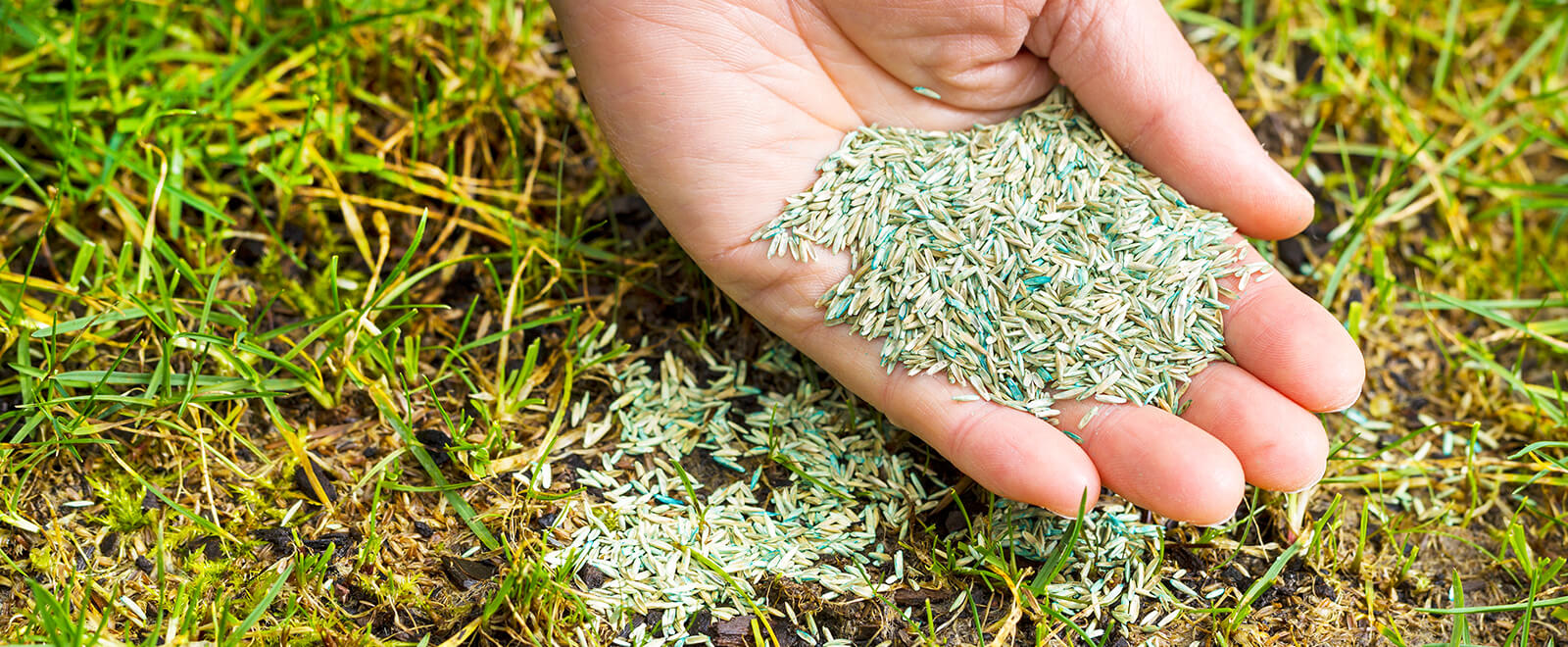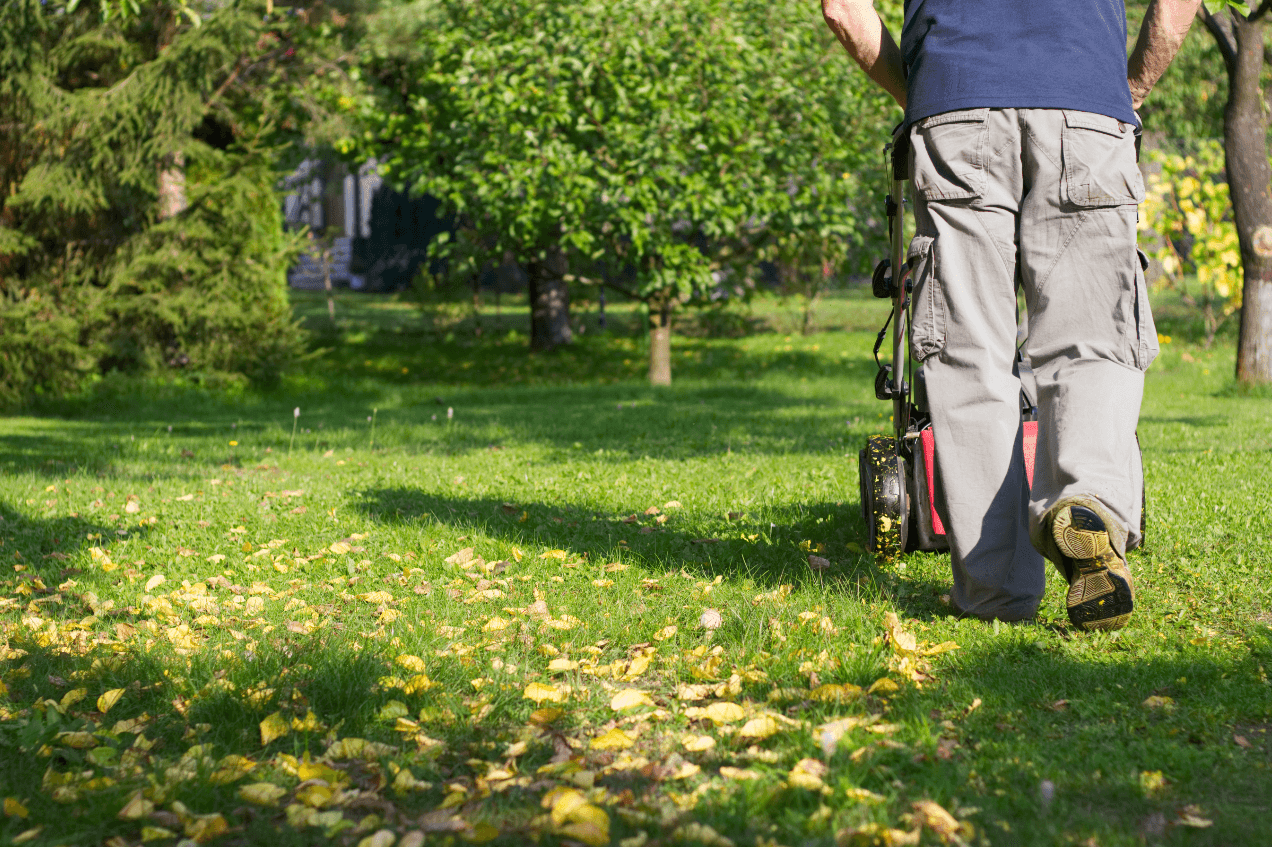"You may notice that some areas of your lawn have declined or died this summer,” said Cale Bigelow, a professor of horticulture at Purdue University. “That can happen to anyone. It is nothing to beat yourself up over and does not mean you are a failure as a green thumb. You can fix the problem.”
Bigelow shared advice on preparing a lawn to look its best the following spring.

How did the weather in 2020 affect lawns?
This year, we had an extended, cool spring. People wondered when their lawns would finally green up. They eventually did, but then we had a very dry period in June resulting in lawns that eventually declined in recent weeks.
When is the best time to seed a lawn for the following year?
Right now, there is an opportunity for seeding cool-season grasses. These grasses, like tall fescue and Kentucky bluegrass, grow in areas with cold winters and hot summers. The optimal seeding window, August 15 through September 15, gives homeowners the best chance to establish new seed.
That doesn’t mean seeding can’t work on September 16. But after the middle of the month, plants are slower to germinate. We start to run out of sunlight and the warmth they need to mature.
It is a good idea to get seed into the ground with time to spare. That allows the plant a chance to establish before winter comes. Then, if some new growth is less dense, there is time left for re-seeding.
If there is a lot of decaying leaf matter on the surface, scratch that up a bit to get the grass seed through the debris on the surface. Seed soil contact is critical. Afterward, the debris can be useful, acting as a mulch that holds the seed in place.
What can help ensure the seeds’ success?
It is important to feed the existing plants to maximize their health. If you plant seedlings among them, you need to make sure they all have enough nutrients.
One common method with cool-season lawns is the holiday approach. We have two holidays coming up, Labor Day, and Halloween. It is a good strategy to feed a lawn on Labor Day or in the following week. Then, feed it once more within a week of Halloween.
Be sure to follow the instructions on bags of lawn fertilizer. The bags are packaged to treat a certain size of lawn and homeowners need to adjust accordingly.
One more 'pro tip,' try to apply fertilizer in two perpendicular directions, to avoid ‘zebra stripes’ showing up on the lawn. A rotary type spreader can also help minimize this issue by distributing the fertilizer evenly.

Do mowing routines need to change once fall arrives?
Like the rest of the year, mowing a lawn to approximately three inches is a good overall strategy. People sometimes attempt to scalp their lawns low to give a competitive advantage to seedlings. This gives mixed results, so I would avoid doing so.
Once tree leaves fall, they can be mulched with a mower. If the leaves are extremely heavy, they can be raked up, but recycling some of those leaves back into the canopy also works nicely. Just be sure not to smother the turf, especially young seedlings.
Now is the time. Following these tips over the next month will set a great foundation for 2021.
For more detailed information on lawn management practices, visit turf.purdue.edu.






